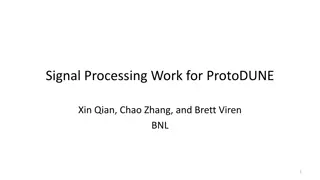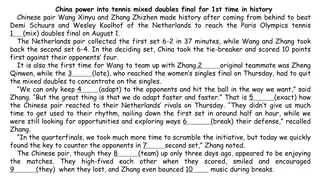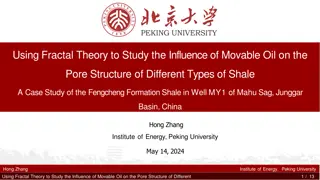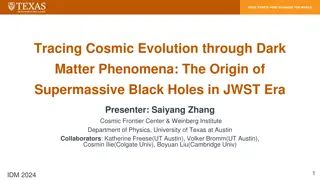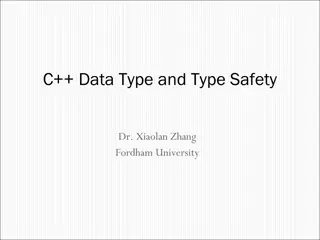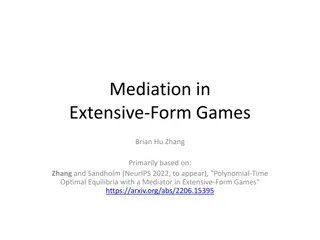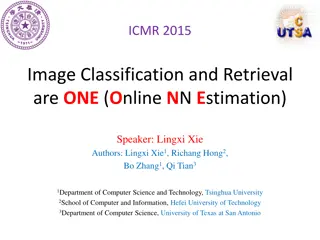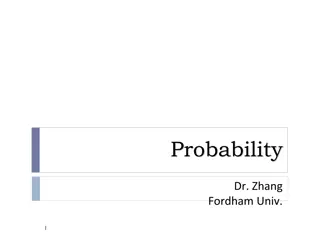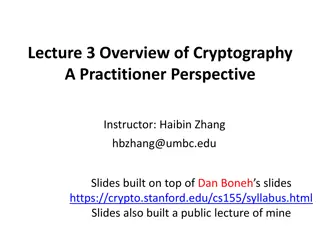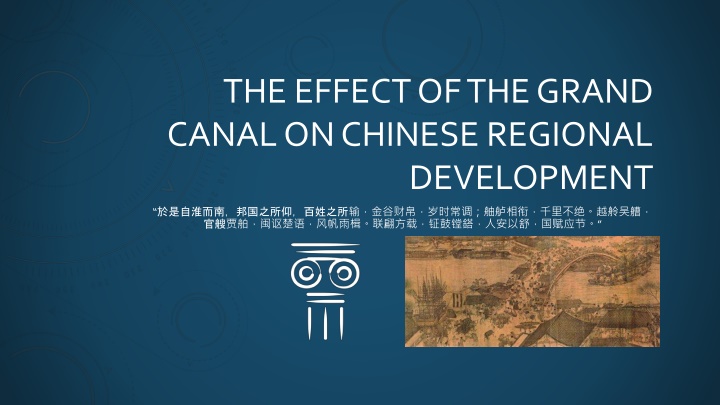
Impact of the Grand Canal on Chinese Regional Development
Explore the historical and economic significance of the Grand Canal in China, from its origins in the Warring States era to its impact on regional development in Modern China. Discover how this ancient waterway connected key cities, facilitated trade, and influenced the country's economic landscape over the centuries.
Uploaded on | 0 Views
Download Presentation

Please find below an Image/Link to download the presentation.
The content on the website is provided AS IS for your information and personal use only. It may not be sold, licensed, or shared on other websites without obtaining consent from the author. If you encounter any issues during the download, it is possible that the publisher has removed the file from their server.
You are allowed to download the files provided on this website for personal or commercial use, subject to the condition that they are used lawfully. All files are the property of their respective owners.
The content on the website is provided AS IS for your information and personal use only. It may not be sold, licensed, or shared on other websites without obtaining consent from the author.
E N D
Presentation Transcript
THE EFFECT OF THE GRAND CANAL ON CHINESE REGIONAL DEVELOPMENT
THE GRAND CANAL OVERVIEW So also parallel to this great street, but at the back of the market places, there runs a very large canal, on the bank of which towards the squares are built great houses of stone, in which the merchants from India and other foreign parts store their wares, to be handy for the markets. Marco Polo
TIMELINE 1952 [Warring States ] 486 BC [Sui Dynasty] 605 [Yuan Dynasty] 1281 [Late Qing] 1850 [Modern China] 1981
EARLY CANAL IN THE WARRING STATE ERA (480 BC) Fuchai ( ) of Wu Kingdom build the Canal in Yangzhou area to attack the Qi Kingdom. Most canals connected two natural waters together. Hwai River and the Yangtze River were connected.
SUI DYNASTY (581-618) It connected Hangzhou and Beijing to Luoyang. Many northerners escaped to the south due to constant warfare. The north lacked food and other resources. The canal is great to send troops to both directions. The emperor could travel to the south easier. The canal connected the southern part of China to the Silk Road. Yangzhou became the economic center of China. Tang Dynasty (618-907) was greatly benefitted from the canal.
YUAN DYNASTY (1271-1368) Mongolians ruled over China and settled in Beijing. The prosperity gap between the north and the south widened. They considered Luoyang as a detour and rerouted the canal. The canal in the north was destroyed during the constant warfare between Song and Jin (1127-1279). Luoyang lost its political and economical significance in China. Sea routes were developed, but canal proved to be safer.
THE LATE QING DYNASTY Sea routes connected the Jiangzhe area and Liaoning better. The British targeted Nanjing as a key city that connected the northern and the southern China. Taiping Rebellion attacked Yangzhou and occupied the canal system in the region. The Qing government could not handle the yellow river flooding and the civil war at the same time, hence the switch to seaways. Yangzhou and other river-based cities became less relevant as economic centers in China.
MODERN CHINA (1949-) South North Water Transfer Project revived the canal. The main goal of the canal is to transfer drinkable Yangtze River water to the north. The government focused more on the water quality and sustainability of the canal. The canal water satisfy the drinkable GB 5749- 2022 standard after processing.
REFERENCES http://www.hrc.gov.cn/zlaj/gzjl/134376.jhtml https://www.chinanews.com.cn/cul/2014/06-23/6308850.shtml . [J]. ,2021(9):67-69. DOI:10.3969/j.issn.1003- 7098.2021.09.021. , . [J]. ,2019(30):140-141. DOI:10.3969/j.issn.1004-3381.2019.30.052. . [J]. ,2013(21):70-71. , . [J]. ,2013,22(5):127-131. , . [J]. ,2015(12):162-168. DOI:10.3969/j.issn.1002- 462X.2015.12.029. https://news.cctv.com/2023/11/25/ARTIQpOuAPM20vhYFQnNbZb0231125.shtml



